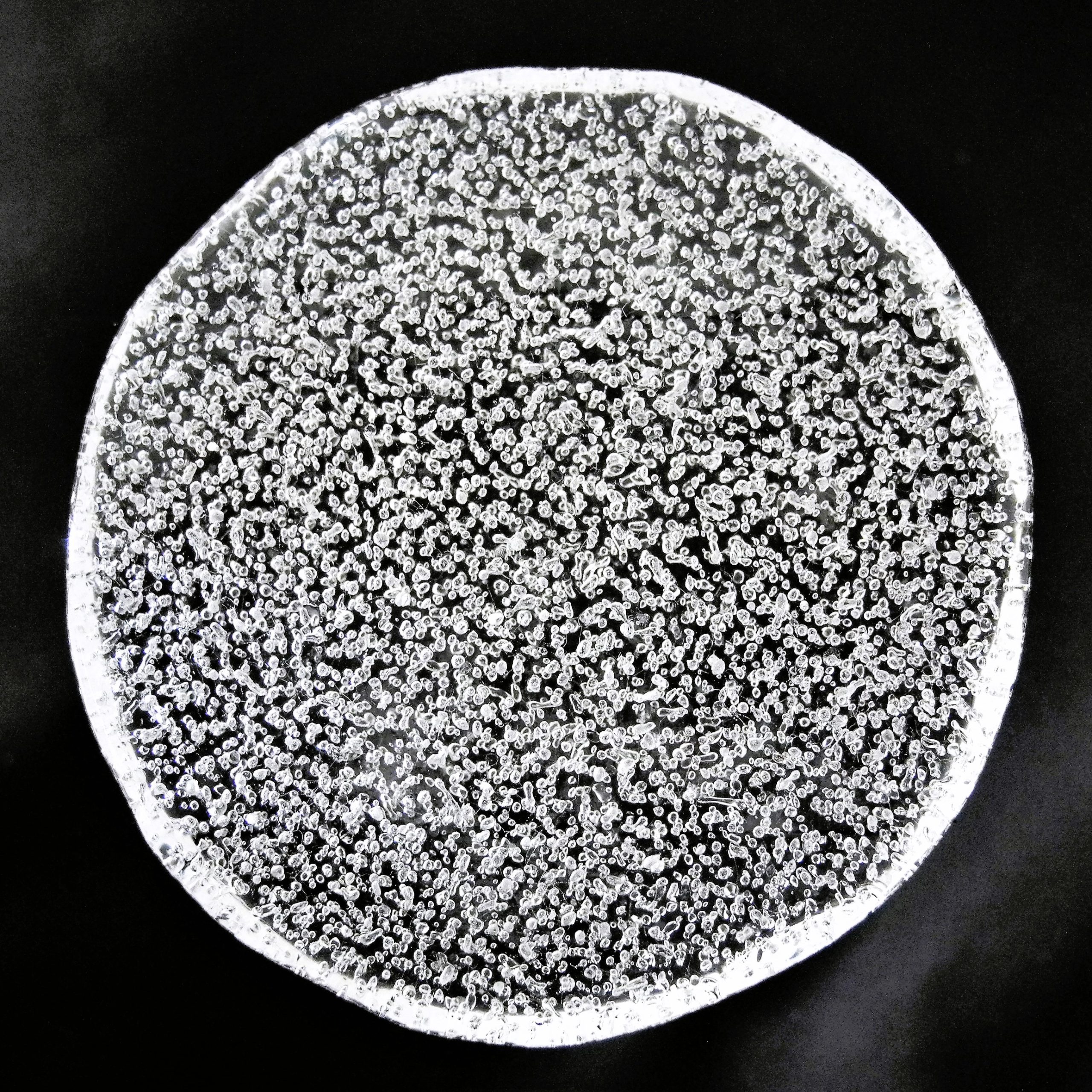THEME 1
Antarctica’s Influence on Climate and Sea Level
The AAPP will deliver new insights into linkages between the Australian Antarctic Territory (AAT) and the climate of Australia and the rest of the globe. Knowledge of past climate variability and change, combined with improved understanding of the dynamics of Antarctic ice shelves, of sea ice-ocean interaction and of clouds and aerosols over the Southern Ocean, will underpin more reliable projections of future climate and sea level rise. The research will enable Australia to more effectively manage the challenges of future climate variability and change.
This will be achieved using a three-pronged approach: analysis of glacial ice cores to provide records of past climate and radiative forcing; investigation of the dynamics and vulnerability of East Antarctic ice shelves (within the AAT); and identification and elimination of the source of persistent biases in climate models arising from inadequate representation of clouds and aerosols.
PROJECT 1: Atmosphere
Climate models have persistent biases in high southern latitudes. These biases reduce the skill of climate model projections not just in Antarctica but globally. Of particular importance are biases in the radiation budget arising from inadequate representation of cloud processes and aerosols over the Southern Ocean which impacts simulated temperature at the Earth’s surface and modelling of key climate processes. The AAPP will use observations from ships, aircraft, and satellites to improve understanding of the unique cloud and aerosol properties in the pristine atmosphere at high southern latitudes. These insights will then be used to develop new parameterisations of clouds and aerosols for use in climate models, including the Australian Community Climate and Earth System Model (ACCESS).
The key science questions for this project are:
- What are the most important deficiencies in weather and climate models that hinder the accurate representation of cloud, radiation and precipitation over the Southern Ocean and Antarctic regions and how are these processes likely to change in a warming climate?
- What are the fundamental properties of aerosols over the Southern Ocean, how do emissions from ocean biota lead to aerosol formation and modification, and how do these properties subsequently affect the properties of clouds, precipitation, and the surface energy balance?
- What is the role of ubiquitous super-cooled liquid water clouds in driving the surface radiation biases over the Southern Ocean, and how can we improve their representation in models?






